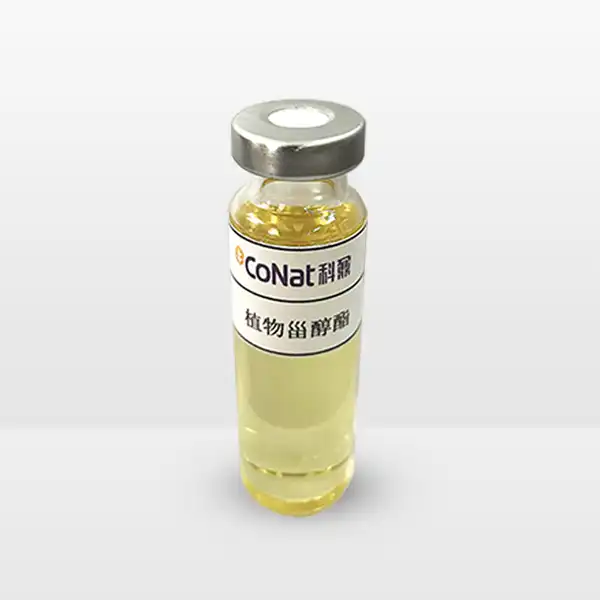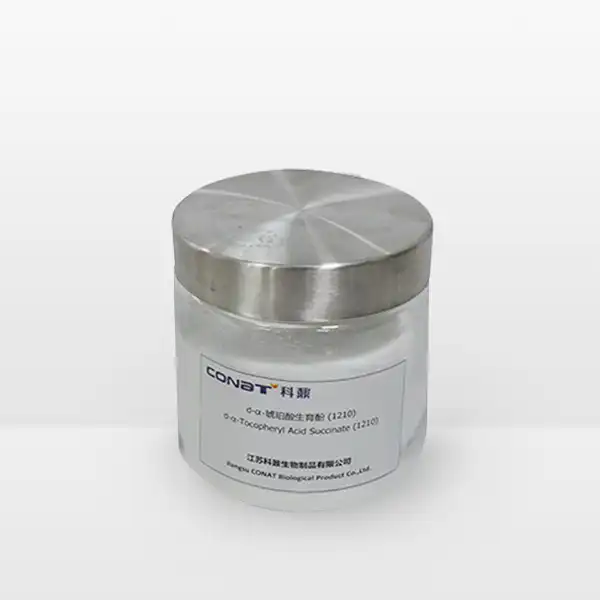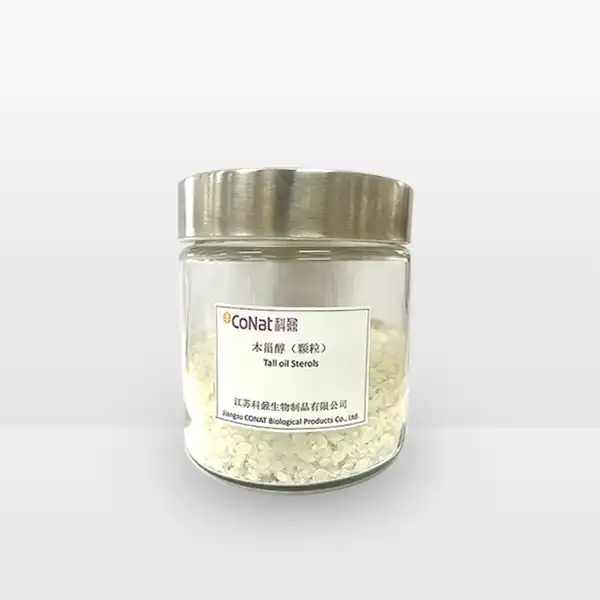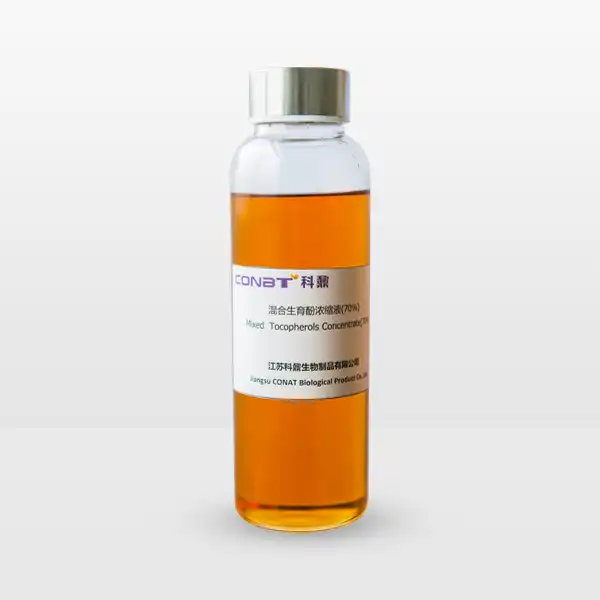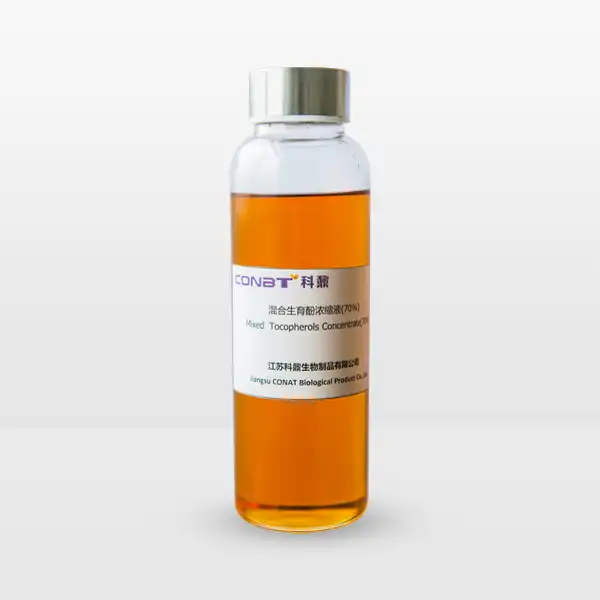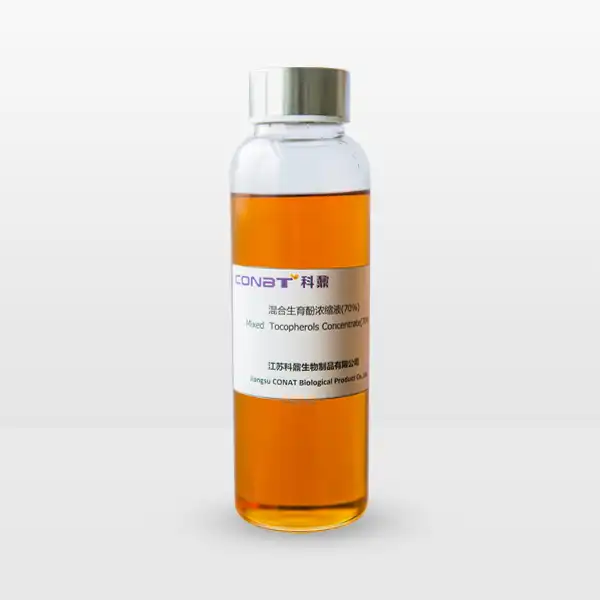- English
- French
- German
- Portuguese
- Spanish
- Russian
- Japanese
- Korean
- Arabic
- Greek
- German
- Turkish
- Italian
- Danish
- Romanian
- Indonesian
- Czech
- Afrikaans
- Swedish
- Polish
- Basque
- Catalan
- Esperanto
- Hindi
- Lao
- Albanian
- Amharic
- Armenian
- Azerbaijani
- Belarusian
- Bengali
- Bosnian
- Bulgarian
- Cebuano
- Chichewa
- Corsican
- Croatian
- Dutch
- Estonian
- Filipino
- Finnish
- Frisian
- Galician
- Georgian
- Gujarati
- Haitian
- Hausa
- Hawaiian
- Hebrew
- Hmong
- Hungarian
- Icelandic
- Igbo
- Javanese
- Kannada
- Kazakh
- Khmer
- Kurdish
- Kyrgyz
- Latin
- Latvian
- Lithuanian
- Luxembou..
- Macedonian
- Malagasy
- Malay
- Malayalam
- Maltese
- Maori
- Marathi
- Mongolian
- Burmese
- Nepali
- Norwegian
- Pashto
- Persian
- Punjabi
- Serbian
- Sesotho
- Sinhala
- Slovak
- Slovenian
- Somali
- Samoan
- Scots Gaelic
- Shona
- Sindhi
- Sundanese
- Swahili
- Tajik
- Tamil
- Telugu
- Thai
- Ukrainian
- Urdu
- Uzbek
- Vietnamese
- Welsh
- Xhosa
- Yiddish
- Yoruba
- Zulu
What Are Natural Mixed Tocopherols?
Natural mixed tocopherols are a family of fat-soluble compounds that collectively make up vitamin E, one of the most important antioxidants found in nature. These compounds occur naturally in various plant-based oils, nuts, and seeds. The term "mixed tocopherols" refers to the four main forms of vitamin E: alpha-tocopherol, beta-tocopherol, gamma-tocopherol, and delta-tocopherol. Each form has unique properties and benefits, working synergistically to provide comprehensive antioxidant protection in both natural sources and supplemental forms.
What Makes Natural Mixed Tocopherols Different from Synthetic Vitamin E?
Natural mixed tocopherols and synthetic vitamin E (dl-alpha-tocopherol) have distinct molecular structures and effectiveness in the body. Natural tocopherols are derived from vegetable oils through a careful extraction process that preserves their natural molecular configuration. This natural form is designated with a "d-" prefix (e.g., d-alpha-tocopherol), while synthetic forms carry a "dl-" prefix. The key difference lies in their bioavailability and absorption rates. Natural mixed tocopherols demonstrate significantly higher biological activity, with studies showing they are absorbed and retained in tissues approximately twice as effectively as their synthetic counterparts. This superior bioavailability is attributed to their natural stereochemistry, which perfectly matches the body's tocopherol transport proteins.
The extraction process for natural mixed tocopherols typically involves sourcing from non-GMO vegetable oils, particularly soybean, sunflower, and rapeseed oils. These oils undergo a sophisticated distillation process that concentrates the tocopherols while removing unwanted compounds. This results in a natural product that maintains the balanced proportions of different tocopherol forms found in nature. In contrast, synthetic vitamin E is produced through a chemical process that creates a mixture of eight different stereoisomers, only one of which matches the natural form. This fundamental difference in molecular structure explains why natural mixed tocopherols are more biologically active and provide more comprehensive antioxidant protection than their synthetic alternatives.
How Do Natural Mixed Tocopherols Function as Antioxidants in Food Preservation?
Natural mixed tocopherols serve as powerful antioxidants in food preservation, protecting various food products from oxidation and rancidity. Their mechanism of action involves interrupting free radical chain reactions that cause food deterioration. When free radicals encounter lipids in food, they initiate a chain reaction of oxidation that can lead to the development of off-flavors, unpleasant odors, and the degradation of nutritional value. Mixed tocopherols donate hydrogen atoms to these free radicals, effectively neutralizing them and preventing the progression of oxidative damage.
The effectiveness of mixed tocopherols in food preservation is particularly notable because each form of tocopherol exhibits slightly different antioxidant properties. Alpha-tocopherol demonstrates superior activity in vivo (in living organisms), while gamma- and delta-tocopherols often show better performance in food systems. This complementary action makes mixed tocopherols more effective than single forms for food preservation. They are commonly used in a wide range of food products, including oils, fats, meat products, dairy, baked goods, and processed foods. Their natural origin makes them particularly attractive to manufacturers seeking clean-label solutions for extending shelf life while maintaining the product's natural status.
The application of mixed tocopherols in food preservation extends beyond simply preventing rancidity. These compounds also help preserve the nutritional value of foods by protecting vitamins and other sensitive nutrients from oxidative degradation. Additionally, they help maintain the color stability of food products and prevent the formation of harmful oxidation products. Their effectiveness can be enhanced when used in combination with other natural antioxidants, creating synergistic effects that provide even better protection against oxidation.
What Health Benefits Can Natural Mixed Tocopherols Provide in the Human Body?
Natural mixed tocopherols offer a wide array of health benefits due to their potent antioxidant properties and their role in various physiological processes. At the cellular level, these compounds work to protect cell membranes from oxidative damage caused by free radicals. This protection is crucial for maintaining cellular health and preventing premature aging of tissues. The different forms of tocopherols complement each other in their biological activities, with alpha-tocopherol being particularly important for neurological function and gamma-tocopherol showing strong anti-inflammatory properties.
Research has demonstrated that natural mixed tocopherols contribute significantly to cardiovascular health. They help maintain healthy blood vessels by preventing the oxidation of LDL cholesterol, a key factor in the development of atherosclerosis. Additionally, these compounds support immune system function by protecting immune cells from oxidative stress and modulating inflammatory responses. The anti-inflammatory properties of mixed tocopherols, particularly gamma-tocopherol, may help reduce the risk of chronic diseases associated with inflammation.
The role of mixed tocopherols in skin health is also noteworthy. These compounds help protect the skin from UV radiation damage and support the maintenance of skin barrier function. They contribute to skin moisture retention and may help reduce the appearance of aging by protecting collagen and elastin fibers from oxidative damage. Furthermore, mixed tocopherols support eye health by protecting retinal cells from oxidative stress and may help prevent age-related eye conditions.
Recent studies have also highlighted the potential neuroprotective effects of mixed tocopherols. Their ability to cross the blood-brain barrier allows them to provide antioxidant protection to neural tissues, potentially reducing the risk of neurodegenerative disorders. The combination of different tocopherol forms appears to provide more comprehensive neuroprotection than alpha-tocopherol alone, emphasizing the importance of consuming mixed tocopherols rather than isolated forms.
For more information about tocopherol and other natural ingredients, feel free to reach out to us at sales@conat.cn.
References:
1. Journal of Nutrition and Metabolism (2020) "Bioavailability and Biological Activities of Natural Mixed Tocopherols"
2. Food Chemistry Review (2021) "Applications of Natural Antioxidants in Food Preservation"
3. American Journal of Clinical Nutrition (2019) "Health Benefits of Mixed Tocopherols: A Comprehensive Review"
4. International Journal of Food Science (2022) "Natural vs. Synthetic Vitamin E: A Comparative Analysis"
5. Antioxidants & Redox Signaling (2021) "Mechanisms of Action of Mixed Tocopherols in Biological Systems"
6. Critical Reviews in Food Science and Nutrition (2020) "Mixed Tocopherols in Food Preservation"
7. Nutrition Research Reviews (2021) "The Role of Vitamin E Forms in Human Health"
8. Journal of Agricultural and Food Chemistry (2022) "Extraction and Characterization of Natural Mixed Tocopherols"
9. Frontiers in Nutrition (2021) "Mixed Tocopherols and Cardiovascular Health"
10. Advances in Nutrition Research (2022) "Neuroprotective Effects of Natural Mixed Tocopherols"
